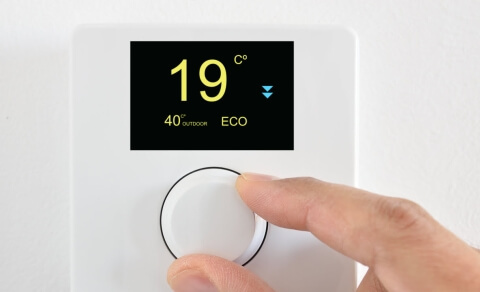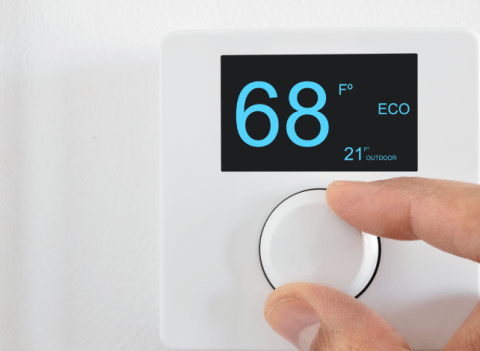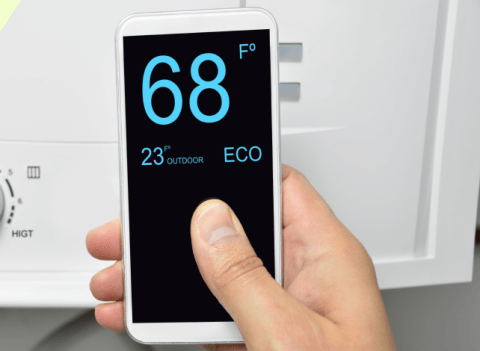
Smart Wi-Fi thermostats
The challenge
A large corporation that creates smart home products and systems was looking for a technical partner who could replace the electrical components in their existing thermostat with new ones to deal with end-of-life issues. The partner also needed to update the thermostat’s legacy embedded software to work with these new components.
Delivered value
Lemberg Solutions replaced an outdated Wi-Fi chip with a new one and rewrote embedded software to support it. Our engineers then integrated the new solution within the legacy device. The new Wi-Fi module is more reliable, allowing users to enjoy a more stable and secure connection.
The process
The client requested our assistance on a project to address end-of-life issues related to a Wi-Fi thermostat’s components. Lemberg Solutions provided a dedicated team of embedded engineers that communicated with a product manager on the client’s side.
Together with our client, we defined distinct project phases and agreed on clear milestones and deliverables for each phase. The first milestone would be achieved when the printed circuit boards (PCBs) were ready, the second when integration of the updated embedded software into the received PCBs was complete and the device was correctly operating with the cloud subsystem.
Our task was to replace the Wi-Fi module used in the legacy thermostat with a new, more reliable one. This new module would allow the device to connect to Wi-Fi 6 and use WPA3 for a more stable and secure connection. The update would also require introducing changes to the embedded software.
Our team started off with business analysis of a number of the client’s thermostats in which the Wi-Fi module would have to be replaced. We explored how they worked in terms of UX and UI, cloud connection, and data transfer.
The client then gave us access to test cases used for the previous version of the thermostat and provided us with documentation that helped us understand the device’s architecture faster and change the embedded software to allow it to work with the new Wi-Fi module. Later, we also updated the documentation based on all introduced changes so the client’s team could go on to support the device independently.
Having studied the client’s documentation as well as the datasheet for the new Wi-Fi module, our engineers implemented changes iteratively, starting with low-level functions and gradually moving to the application layer, taking care of over-the-air programming and cloud connectivity.
To keep development going while waiting for the PCB with the new Wi-Fi module to arrive from the client, our team purchased a development board and connected it to the client’s original devices, which we had used earlier for internal evaluation. In this way, we were able to develop all major functionality on the development board even before we had access to the client’s new hardware.
Once it was clear that our temporary development system functioned just the same as the thermostats we had analyzed at the start of the project, we continued the development process, moving up the hierarchy of device features. Whenever issues occurred, we connected a logic analyzer, examined how the new device worked compared to the original, and checked whether the communication between modules worked the same way in both.
Now, we are in the middle of an active testing stage. Together with our client, we have filtered out test cases that are no longer relevant and have adjusted the rest for the updated thermostat.
How it works



